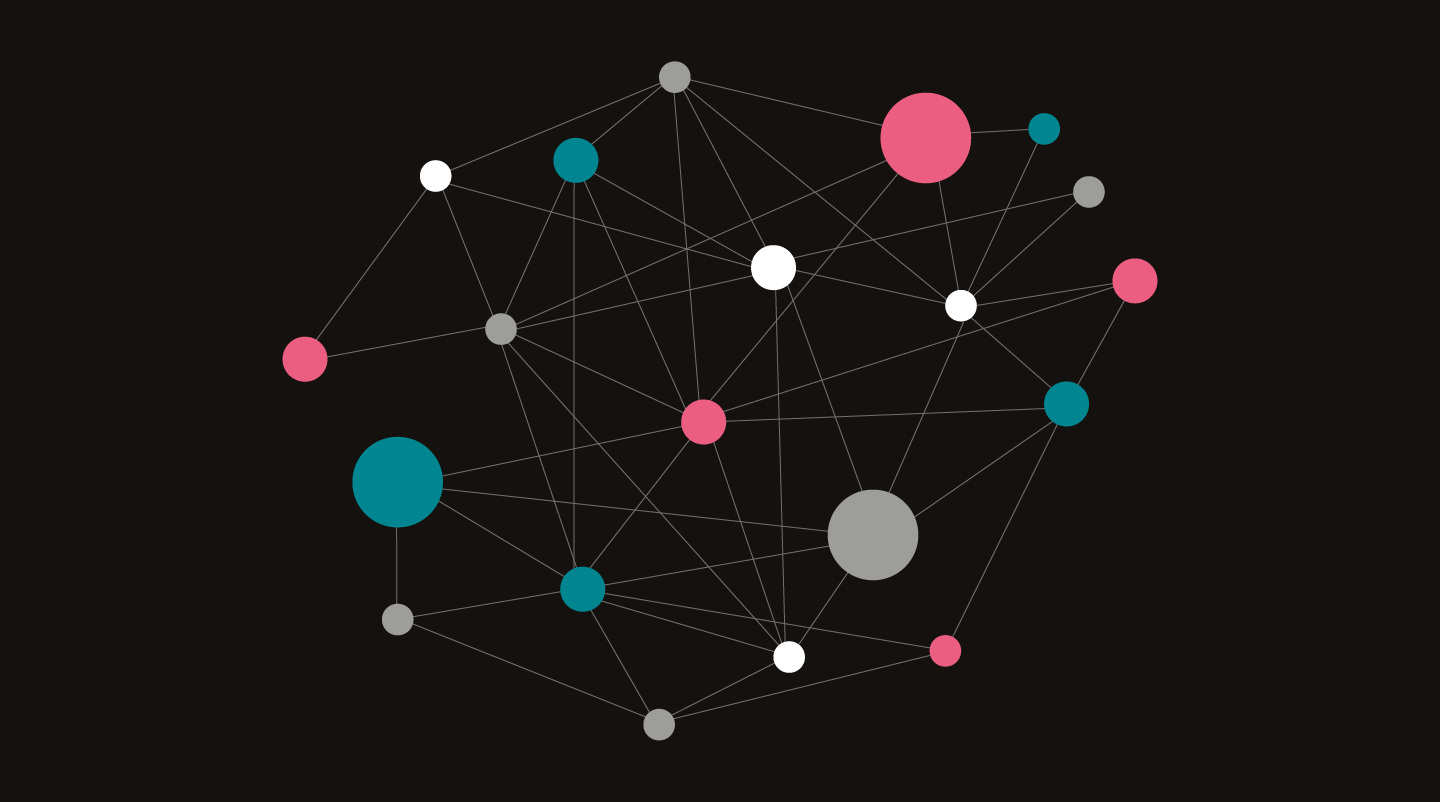
The European Open Science Cloud is being designed as a network of federated nodes. (Image: EOSC Association)
The European Open Science Cloud (EOSC) is the long-term pan-European initiative to develop a web of FAIR (findable, accessible, interoperable, reusable) data and services across all scientific fields. EOSC is being designed as a network of federated nodes, called the EOSC Federation. The first node, the EOSC EU node, was launched in April 2024 and began full production in October. In the spirit of Open Science, this platform, which will serve as a reference for future federated nodes, allows researchers to access and use tens of millions of scientific publications, data and software, to use integrated computing resources and storage, and to create teams.
At a meeting recently held in Brussels, experts from CERN and 12 other scientific organisations, along with representatives from the EU node and the EOSC Association, gathered to begin developing a joint action plan for delivering a prototype of the EOSC Federation by the end of 2025. The workshop gave the organisations, which have been selected to contribute to the build-up phase of the federation, an opportunity to highlight both their scientific and infrastructure use cases as well as the added value their data and services would bring to end users of the federation.
The participation of CERN in the EOSC Federation is a very natural evolution of the prominent role that the Organization has in Open Science, particularly through the development of key platforms like Zenodo, CERN Open Data, InvenioRDM, Indico, ESCAPE VRE, REANA, INSPIREHEP, HEPData, ScienceMesh, EFSS Storage and the CS3 community, among others. CERN expertise in data management, open-source infrastructure and scientific workflows will help shape a sustainable, FAIR and open research landscape that will benefit all disciplines.
As Bob Jones, senior member of staff at CERN and outgoing member of the EOSC Association's Board of Directors, says: "Building a successful federation is not just about the infrastructure but it's about making sure that the users are part of the co-design of the services. This is one of the reasons for the success of the WLCG, a federation of over 170 data centers spanning more than 40 countries that CERN and its partners created 20 years ago and is still the main pillar of the data management infrastructure for the high-energy physics community."
The next step for the organisations involved in the EOSC Federation is to refine their project charters and begin implementation. The first checkpoint to monitor progress is foreseen for June 2025.






